13 Effective Ways to Remove Moss from Your Lawn
Moss can quickly take over your lawn, creating an unsightly and unhealthy outdoor space. Understanding the underlying conditions that encourage moss growth, such as poor drainage, compacted soil, and excessive shade, is key to preventing and removing it. With the right techniques, you can restore your lawn’s health and keep moss at bay. This guide covers practical and effective methods to reclaim your lawn and promote thick, vibrant grass.
This post may contain affiliate links, which helps keep this content free. Please read our disclosure for more info.
Aerating the Soil

Moss thrives in compacted soil because it prevents water, air, and nutrients from penetrating deep enough to reach the grass roots. Aerating your lawn can help alleviate soil compaction by creating small holes in the ground. This allows oxygen to reach the roots of your grass, improving overall lawn health and reducing the moisture retention that moss prefers. Aeration is especially effective in areas with heavy foot traffic or clay-heavy soils that tend to compact easily.
Regular aeration also improves water drainage, ensuring that water does not pool on the surface, which could otherwise encourage moss growth. Over time, this practice can help maintain a healthier, more resilient lawn by encouraging strong root development and discouraging moss from taking hold.
Improving Drainage

Poor drainage is one of the main contributors to moss growth in lawns. Moss thrives in areas where water accumulates and does not drain properly, leaving the soil consistently moist. By improving drainage, you can prevent water from sitting on the surface of your lawn, creating an environment where moss struggles to survive.
To enhance drainage, consider adding organic matter like compost to the soil to improve its texture and help it absorb water more effectively. Additionally, installing French drains or regrading the lawn to create slopes can help direct water away from moss-prone areas, ensuring that your grass has the proper conditions for growth.
Cutting Back Overhanging Trees

Excessive shade is a common reason why moss thrives in lawns. Grass needs sunlight to grow, but when large trees or shrubs block the sun’s rays, the soil stays damp for longer periods, creating an ideal environment for moss. By trimming or thinning trees that create too much shade, you can allow more sunlight to reach the grass, making it harder for moss to survive.
It is important to balance the amount of shade in your yard, as trees still provide important benefits, like cooling your lawn and providing habitat for wildlife. However, cutting back branches that are in direct contact with your grass can help create a healthier, more sunlit lawn.
Liming the Soil

Moss prefers acidic soil, so adjusting your lawn’s pH by adding lime can help reduce moss growth. Lime helps neutralize the acidity of the soil, making it more favorable for grass and less hospitable for moss. To determine the pH of your soil, you can use a soil test kit and apply the recommended amount of lime based on your lawn’s specific needs.
While lime can help discourage moss, it is important to avoid over-applying, as excessively high pH levels can harm your lawn and make it difficult for grass to grow. Use lime carefully and monitor the pH regularly to maintain a balance that supports a healthy lawn.
Using Moss-Killing Products
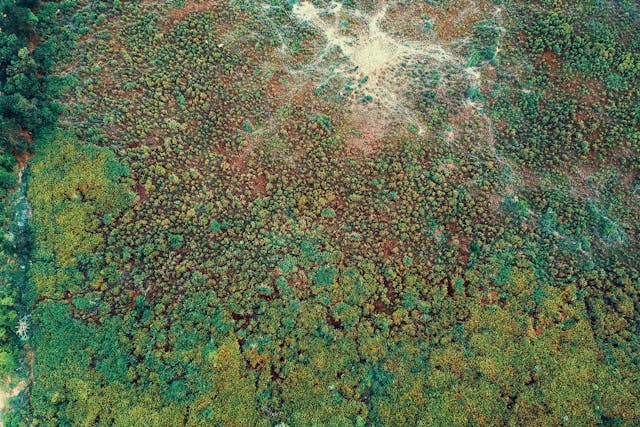
Several moss-killing products are available in garden centers that can help eliminate moss from your lawn. These products typically contain iron sulfate or similar compounds that kill moss without harming the surrounding grass. While these solutions can provide quick results, they are best used in combination with other preventative methods, like improving soil quality and drainage.
When using moss-killing products, it is important to follow the instructions carefully to avoid harming your grass or causing environmental damage. Additionally, once you’ve killed the moss, take steps to address the underlying issues to prevent it from returning.
Raising Mowing Height

Mowing your lawn too short can stress your grass and allow moss to take over, as moss thrives in areas where grass is weak. Raising the mowing height encourages grass to grow taller, which can shade out moss and provide better root protection. Taller grass helps maintain a healthy lawn by promoting stronger root systems and improving the lawn’s overall ability to compete with moss.
Regular mowing at the correct height for your grass type will also keep it lush and thick, reducing the amount of bare soil where moss can grow. This simple adjustment can significantly improve the health of your lawn over time.
Watering Properly
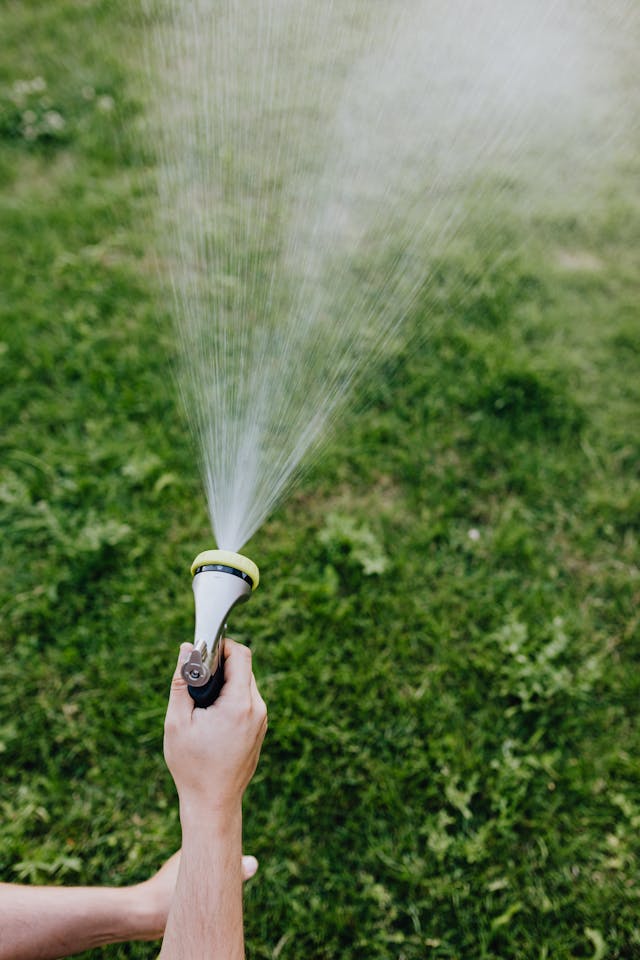
Overwatering your lawn is a common mistake that can create the damp conditions moss loves. When grass is watered too frequently, the soil remains moist, providing an ideal environment for moss to thrive. Instead of daily watering, try to water your lawn deeply but infrequently, ensuring the soil has time to dry out between waterings.
In addition to improving water habits, it’s important to water during the early morning or late evening to reduce evaporation. This ensures the lawn gets enough moisture without leaving it too wet during the day, further reducing moss growth.
Overseeding the Lawn

If moss has taken over large portions of your lawn, overseeding with grass seed can help restore the lawn and reduce the space available for moss. By introducing new grass seeds, you can fill in bare patches, crowding out moss and preventing it from spreading further. The newly seeded grass will also improve the overall health of the lawn by encouraging thicker growth.
Overseeding is most effective when combined with proper lawn care practices, such as aeration, soil improvement, and correct watering habits. The denser your grass grows, the harder it becomes for moss to compete for space and resources.
Applying a Fertilization Schedule
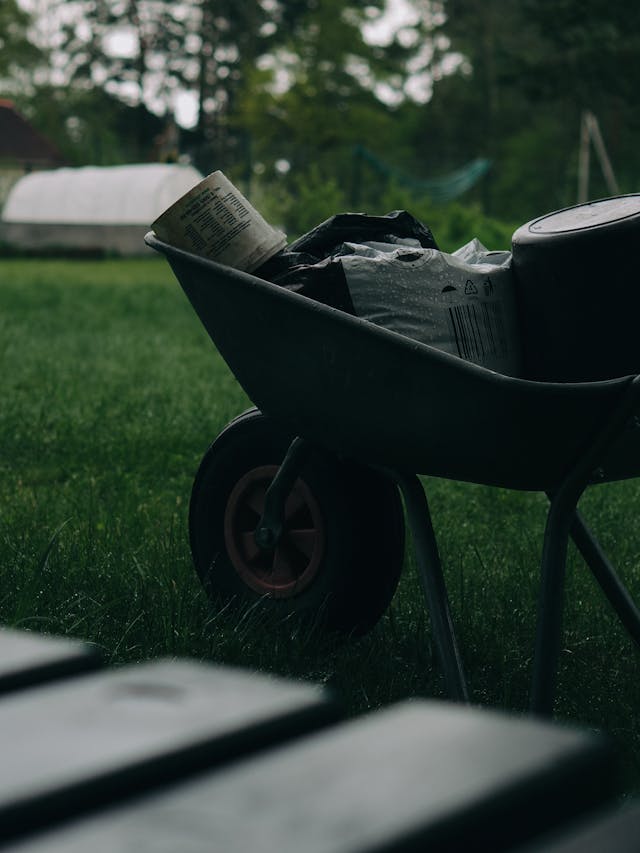
A well-balanced fertilization schedule promotes the health of your grass and helps it outcompete moss. Moss tends to grow in lawns that are nutrient-deficient, so providing your lawn with the proper nutrients will give the grass a stronger chance to thrive. Fertilizing your lawn in the spring and fall with a balanced fertilizer will ensure your grass has the nutrients it needs to grow thick and healthy.
Be sure to apply fertilizer according to the needs of your specific grass type and avoid over-fertilizing, as this can lead to runoff and environmental issues. A well-fed lawn is more resilient to moss growth.
Improving Soil Aeration

Soil that is compacted and poorly aerated holds onto moisture, which creates an environment where moss can grow. Improving the aeration of your lawn allows water to drain more easily and promotes the exchange of gases between the soil and the air. Aerating your lawn will also help grass roots grow deeper and stronger, making it harder for moss to take hold.
Soil aeration can be done with a manual or motorized aerator, or you can hire a professional service. This method is particularly effective in areas with heavy clay soils or high foot traffic, which tend to become compacted quickly.
Reducing Shade by Removing Lawn Obstacles
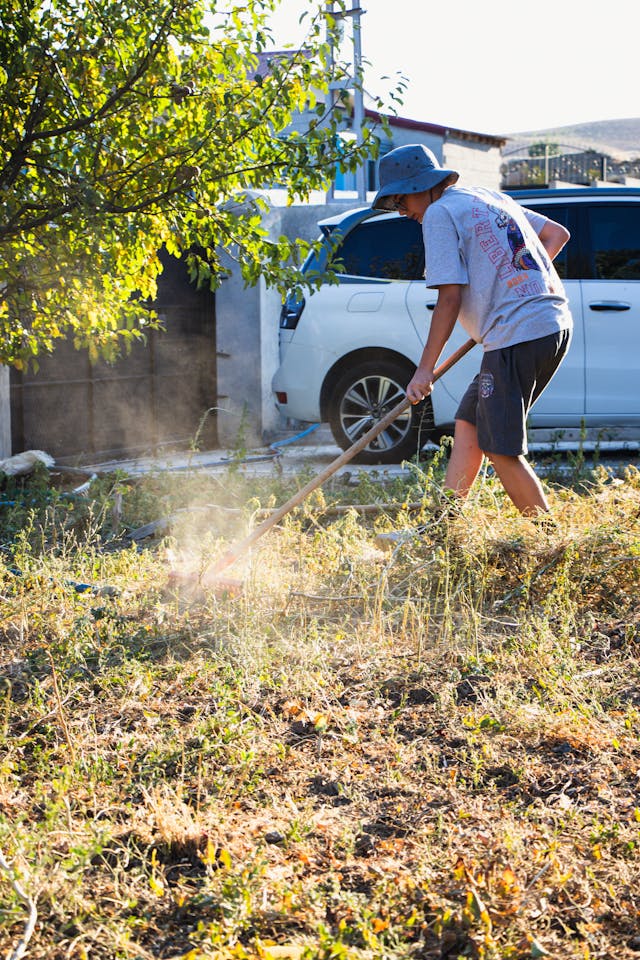
Sometimes, moss growth can be due to certain obstructions like sheds or fences that block sunlight from reaching your lawn. Removing these obstacles can help reduce the amount of shade in areas where moss is prevalent. By improving access to sunlight, you create conditions that favor grass growth and limit moss’s ability to thrive.
It is worth considering the overall landscape of your yard and how shade impacts different parts of the lawn. Removing unnecessary obstructions will allow you to create a lawn that is more conducive to healthy grass growth.
Using Organic Moss Control

If you prefer a more natural approach, there are several organic moss control methods available. One option is to apply products containing moss-killing agents made from natural ingredients, such as potassium salts of fatty acids. These products are safer for the environment and your lawn compared to chemical alternatives while still providing effective results.
Organic methods often focus on improving the soil, controlling moisture, and ensuring your lawn is in optimal health. Using these methods in combination with proper lawn care will help reduce moss without introducing harsh chemicals.
Mulching Around the Lawn
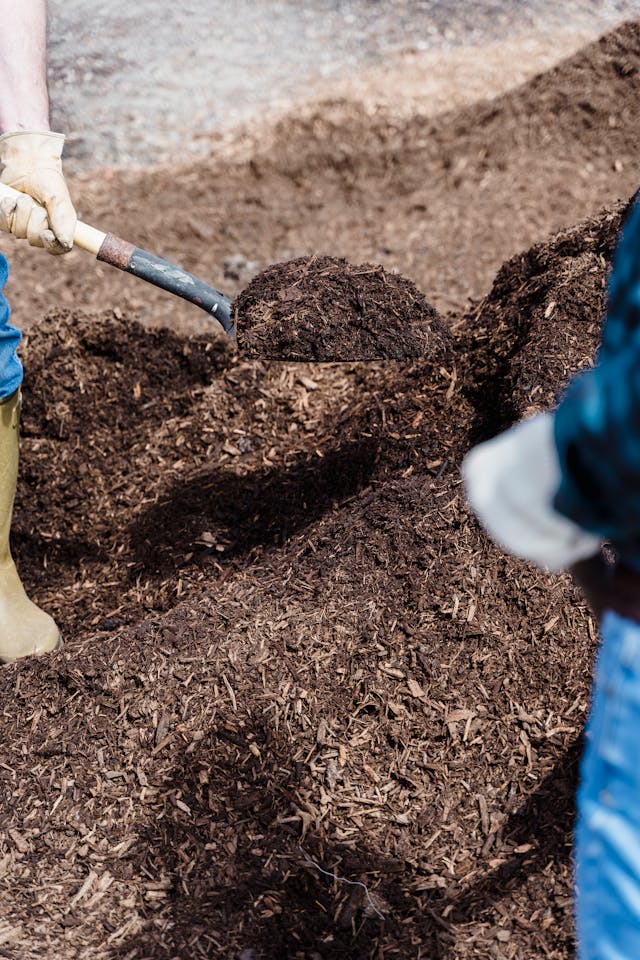
If your lawn borders garden beds or areas where moss is likely to grow, applying mulch can help keep moss at bay. Mulch acts as a barrier that reduces moisture retention on the soil surface, preventing moss from spreading. By keeping the soil drier, mulch helps create an environment where grass can thrive without being overtaken by moss.
Applying mulch in the right areas will also provide other benefits, such as improving soil quality and reducing the need for frequent watering. Just be cautious to avoid thick layers of mulch, as this can prevent grass from growing properly.
This article originally appeared on Avocadu.
